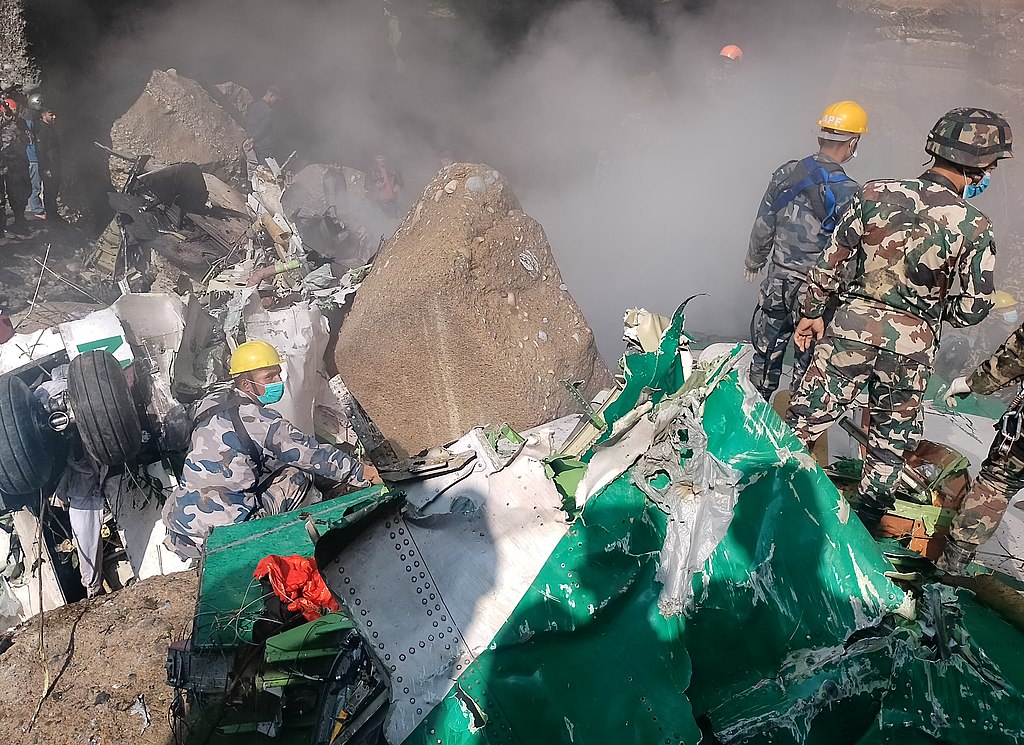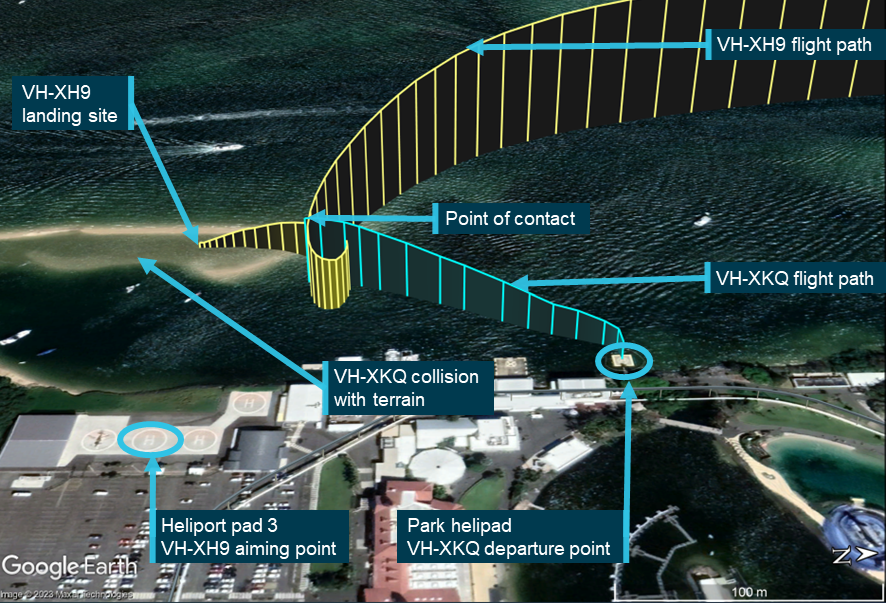The US National Transportation Safety Board (NTSB) focused this week on one of general aviation’s perennial problems—loss of control in flight.
The NTSB convened a round table of industry and government experts to discuss the current state of the problem and highlight available technologies and training. The primary focus of the discussion was on fixed-wing general aviation aircraft and pilots operating under VFR.
‘More general aviation pilots and passengers die from accidents involving loss of control in flight than any other single factor,’ the NTSB said. ‘But greater pilot situational awareness—both in the cockpit and during flight training—can make a difference.’
NTSB aviation safety director John Delisi, told the forum 978 US general aviation pilots had lost control of their aircraft, over the past ten years, resulting in 1672 deaths. ‘That is enough to fill this conference room six times over. Loss of control is a real problem,’ Mr Delisi said.
The six-hour forum focused on training and technology, with the morning’s discussion covering pilot training and education, and the afternoon devoted to cockpit technology. Remora Systems made a presentation of its proposed head-mounted, wireless, speed and angle-of-attack display. The technology, developed by high school students from Alexandra, Virginia, a suburb of Washington, won the US Experimental aircraft association’s Founder’s Innovation Prize for 2017.
The NTSB has made the forum available online for viewing, with shortcuts to individual sessions.






Comments are closed.